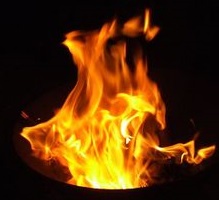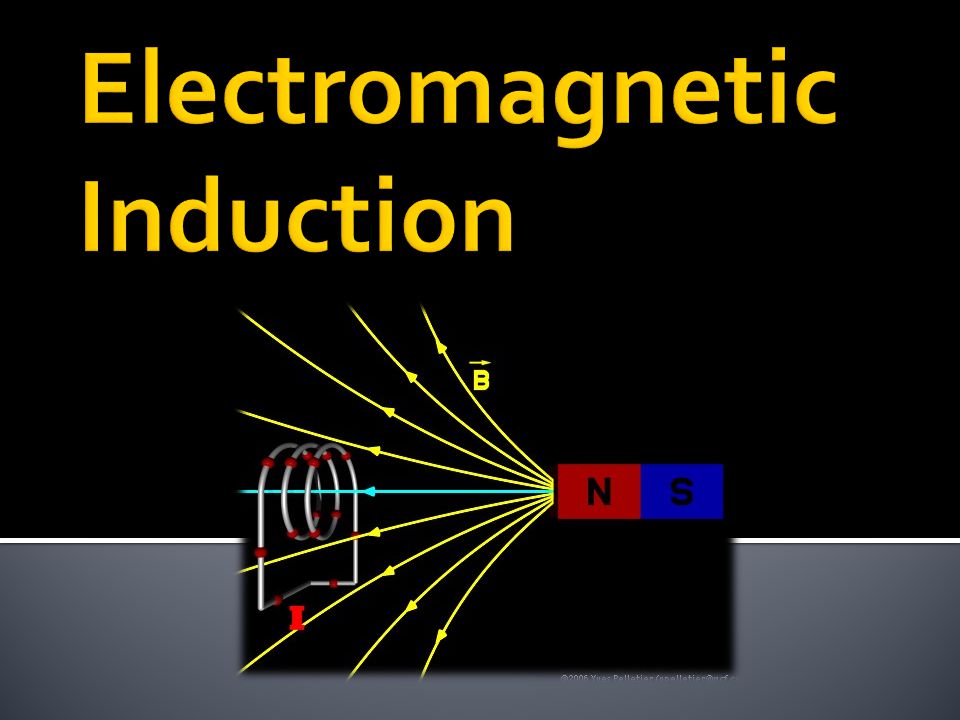CONCEPT OF HEAT AND TEMPERATURE: When can we say something is hot? The words ‘Hot’ and ‘Heat’ are used interchangeably everyday but in physics, they do not mean the same thing.
if we say an object has a temperature of 100˚C, for instance, we don’t mean that every single molecule has that exact thermal energy. In any substance, molecules are moving with different energies, and interacting with each other as well, which changes their energies. But if we average the thermal energies of all the molecules together, we will obtain an object’s temperature.
Water ‘flows’ when there’s a difference in the ‘levels’ of water between different places. It doesn’t matter if there is more water in one place or another. Water from a puddle can flow into a reservoir or the other way around. The ‘temperature’ of an object is just like the water level – it determines the direction in which ‘heat’ will flow. Whenever there’s a difference in temperature, heat will flow from the region with the higher temperature (hot) to the low temperature (cold).
What is heat? Heat is energy that is transferred from one body to another as the result of a difference in temperature. It’s the measure of total internal energy of a body. It is measured in Joules
What is temperature? It is a measure of hotness or coldness of a body. It can be defined as a measure of the average kinetic energy of the molecules of a body. It is measured in Kelvin
Effects of Heat
When heat is applied to an object, the following things may happen;
- The object might expand
- A process called thermionic emission may occur. Thermionic emission is the process where electrons on the surface of a metal are heated when the metal is heated.
- There might be a chemical change:
- There might be a change in pressure
- The physical properties of the body may change: the colour, elasticity, conductivity, magnetic properties, may change.
Alongside all the changes listed above, one of these two things will happen: - There’s a state change: when heat is added the object changes from solid to liquid or from liquid to gas e.g. Ice cubes will melt when heat is added.
- There’s a temperature change: The object’s temperature rises.
MEASURING HEAT ENERGY (Concept of heat and temperature)
When heat is added to an object, one of two things happen
- Increase in temperature
- Change of state
As heat increases what happens to temperature change? Increase or Decrease
As the mass of a substance increases, what happens to heat? Increase or decrease
What is the relationship between heat energy, mass and temperature change
Circle the right relationship
Q α (M x ΔT) or Q α ΔT/ M or Q α 1/ (ΔT x M)
To eliminate the proportionality sign, we introduce a constant. In this case, the constant is the specific heat capacity.
So when heat applied to a substance causes a temperature change, we find the amount of heat with this formula: Q = M x C x ΔT
Where M is the mass of the object in kilogram (kg), C is the specific heat capacity of the body and ΔT is the change in temperature
Heat capacity of a substance is the quantity of heat required to raise the temperature of the substance by 1 K . Heat Capacity = Total mass x Specific heat capacity
The specific heat capacity (C) of a substance is the quantity of heat required to raise the temperature of the unit mass of the substance by 1°C (or 1K)
C = Q/(m x ΔT)
Let’s work out some examples.
Example 1: What is the quantity of heat required to raise the temperature of 3kg of an aluminum cube from 303K to 343K. (Specific heat capacity of aluminum is 900 J/kg K)
Solution
Mass (m) = 3kg
Specific heat Capacity (c) = 900J/kg K
ΔT = 40K
Using Q = M x C x ΔT
Q = 3 X 900 X 40 = 108,000J
Example 2: How much energy is required to heat 1.20 kg of water from 275K to 297K? (Cp of H2O = 4186 J/kg K)
Solution
Mass (m) = 1.20kg
Specific heat Capacity (c) = 4186J/kg K
ΔT = 22K
Using Q = M x C x ΔT
Q = 1.2 X 4186 X 22 = 110,035.2J
Example 3: A copper rod with heat capacity 585 J/K is heated until its temperature changes from 35 C to 80 C. Calculate the quantity of heat supplied to the rod.
Solution
mc = 585J/K
ΔT =45K
Using Q = M x C x ΔT
Q = 26325J
Summary Exercise
- Calculate the temperature change when 1000J of heat is supplied to 100g of water.
- A 1.57 kg piece of iron absorbs 1086.75 Joules of heat energy, and its temperature changes from 298K to 448K. Calculate the specific heat capacity of iron.
Kindly click the link below to download the PDF version of the note.
Also Read: Lesson Note on Measurement Physics







